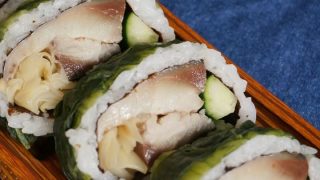In Japan, we often eat raw eggs, typically those of chicken or quail. Many types of dishes are served with raw egg or a half boiled egg.
10 eggs cost between 200 and 300 yen at supermarkets in Japan.
Brand chicken eggs are much more expensive though.
Raw Egg 生卵(生玉子)
Nama-tamago
Raw whole egg or yolk only is often used as the ideal sauce for seafood, beef / pork bowls, noodles dishes, sukiyaki and many more.


One of the most popular raw egg dishes is called Tamago-Kage-Gohan, or T.K.G.
It is rice mixed with beaten, raw egg and a dash of soy sauce.
Some people eat it with Nori (dried seaweed) or other toppings.

Half Boiled Egg 温泉玉子(温泉卵)
It is called 温泉玉子 Onsen-tamago, 温玉 Ontama or 月見玉子 Tsukimi-tamago,
Half boiled egg is that both the white and yolk of the boiled egg are still very soft.
Half boiled egg means very soft boiled egg.
Half boiled egg is different from soft boiled egg. Half boiled egg does not maintain its shape after you crack the shell.
A boiled egg cooked in a Japanese hot spring is also called Onsen-tamago.
It is not important for this hot spring eggs to boil soft or hard.
Soft Boiled Egg 半熟玉子(半熟卵)
Hanjuku-tamago
According to the cooking definition, a soft boiled egg is an egg with a set white and a running yolk. It's when the white is set, but the yolk is in a jelly-like state (about 7 minutes in boiling water then out into an ice bath).
You have probably seen that many ramen restaurants use this type of egg on their ramen. However, sometimes they also use seasoned hard boiled eggs.

Seasoned Soft Boiled Egg




















卵, 玉子 and たまご are the same pronunciation Tamago.
卵 means simply egg or biological word.
玉子 is for food. Usually, it has already cooked.
たまご has all meanings.